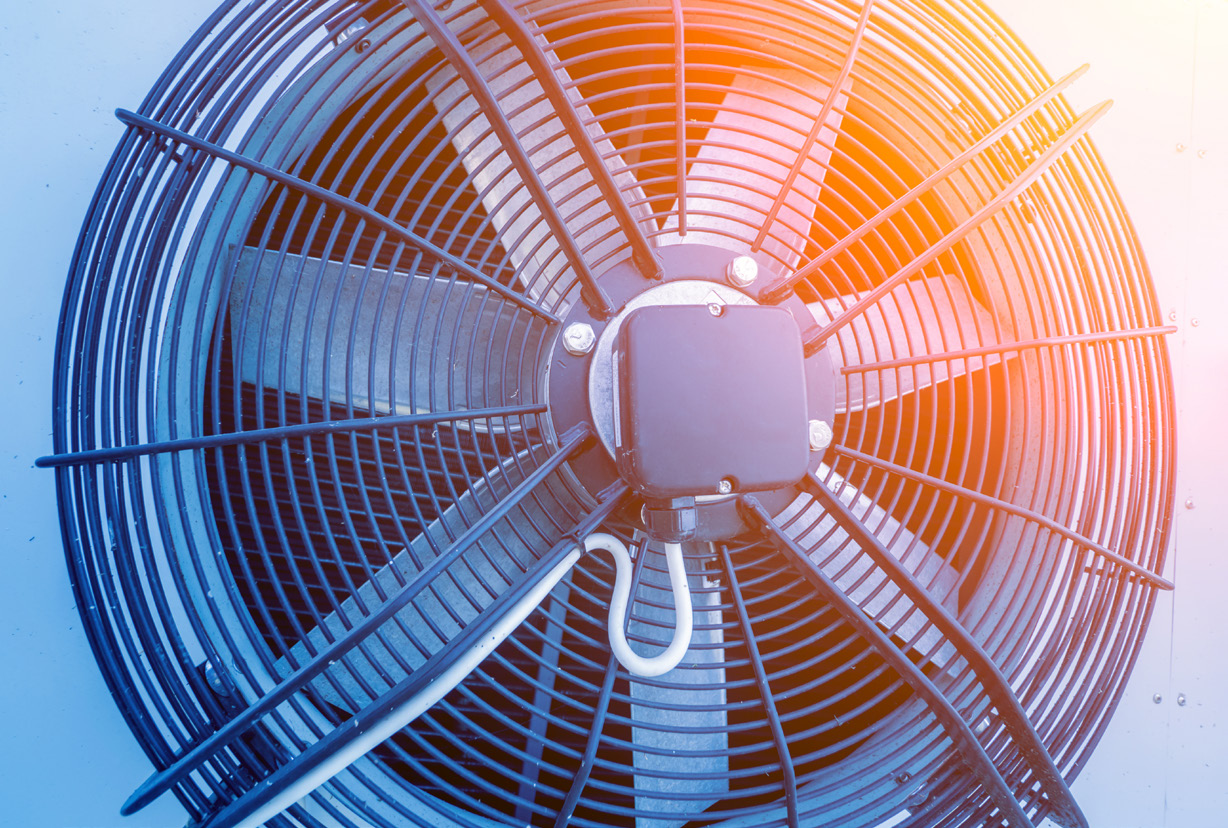In the midst of the COVID-19 pandemic, the work
being done by commercial real estate professionals
has changed, but it’s more important than ever.
As many tenants continue to work from home, occupancy
rates in buildings across North America are historically
low.
Maintaining building systems during this unusual time is
uncharted territory. Many stay-at-home orders were implemented
on short timelines, leaving property professionals to
quickly come up with a new plan for operating their buildings
during a pandemic. The timeline for this crisis is variable
and unpredictable, meaning properties need to prepare for
re-entry quickly as workers begin to return—perhaps multiple
times if another wave of the pandemic occurs. A balance
must be struck between operating efficiently during reduced
occupancy and keeping the systems in peak working order—all while maximizing occupant health and safety.
As work-from-home restrictions continue to be eased
across the United States, properly maintained heating, ventilating
and air-conditioning (HVAC) systems remain an essential
factor in helping to reduce the likelihood of coronavirus
transmission.

As a result of this vital need, ASHRAE and the Federation of European Heating, Ventilation and Air Conditioning Associations
(REHVA) have developed guidelines for the ongoing
upkeep of HVAC systems in response to the current health
crisis. At first glance, these recommendations might seem
counterintuitive. But, the intended result is better performance
now and for the long term, long after the pandemic has passed
and the building tenancy has returned to full capacity.
“First, increase the runtime of systems, by as much as 24/7,”
says Bill Collar, enterprise sales account executive for BOMA
Cornerstone Partner Trane. “This increases the number of
times air molecules pass through the HVAC filtration system.
Also, increase the amount of outside air by opening air dampers
as much as possible as conditions allow.” Collar also recommends
increasing the runtime and velocity of exhaust fans.
“Finally, monitor the differential pressure of filter banks and
evaporator coils to determine optimal times for filter changes
and coil cleaning.”
To ensure peak performance, he says, “always continue to
perform the regular, recommended maintenance on all equipment
at least quarterly, if not more frequently if conditions
require. When changing filters, we recommend the use of a
Minimum Efficiency Reporting Value (MERV) of 13 or better,
as well as environmentally friendly cleaning materials when
possible.” Personal protection is always an issue, especially
these days, so Collar advises the use of “appropriate personal
protective equipment to guard against pathogen exposure when performing maintenance on any HVAC components
that involve the building’s air stream.”
If your property is equipped with a building automation
system, or BAS, many of these changes will be easier, says Collar.
These systems are a powerful tool for building managers
to utilize as they make changes to their HVAC systems. This
allows optimization of the HVAC system without needing personnel
to be on-site.
It might seem counterintuitive to increase the runtimes
of your HVAC systems and the ancillary equipment, such as
exhaust fans, when much of the building population is still
working from home—especially when your building team is
looking to increase energy efficiency. And, as Collar explains,
for instance, using MERV 13 filters can potentially cause
“an increase in the fan energy necessary to filter air through
media that may cause a higher pressure differential than a
lesser-performing filter.” Energy usage might also increase as
a result of employing ASHRAE- and REHVA-recommended
air cleaners, such as Ultraviolet Germicidal Irradiation (UVGI)
or Photocatalytic Oxidation (PCO) systems.
But, as Collar states, there is a long-game purpose here that
building managers must keep in view. “The proper and efficient
running of your buildings’ HVAC systems will go far in
safeguarding the health and safety of tenants and staff alike,
as we all pivot toward the eventuality of getting back to our
offices,” he concludes.
This article was originally published in the May/June 2020 issue of BOMA Magazine.